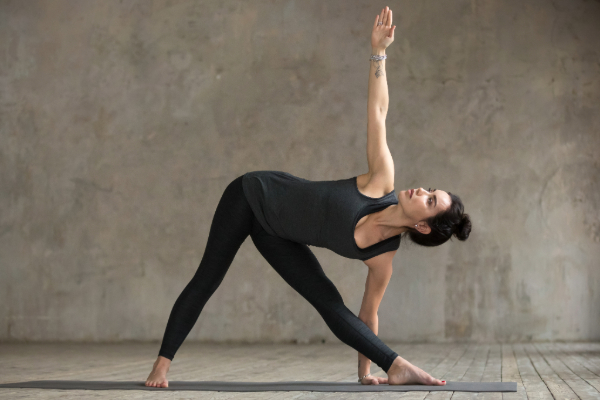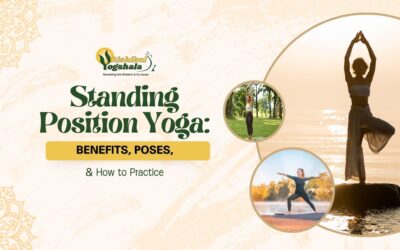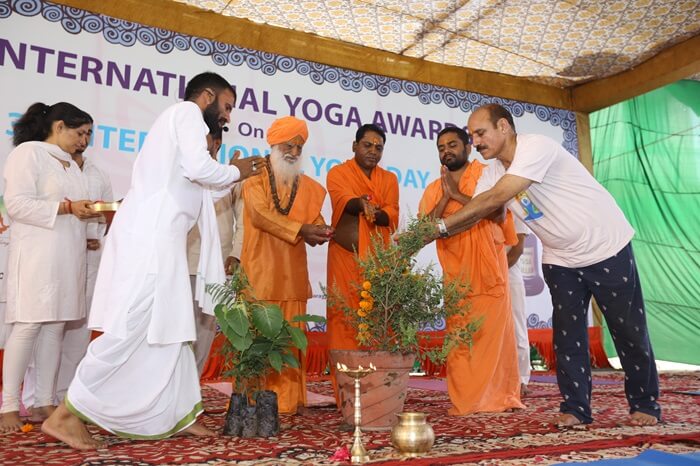Understanding Ashtanga Yoga: A Journey of Transformation
What is Ashtanga Yoga?
Ashtanga Yoga often sparks curiosity and debate among yoga enthusiasts. Is it an esoteric practice for a select few, a strict moral guideline, or one of the most demanding segments of a yoga curriculum? Many are drawn to Ashtanga with a mix of fascination and caution, finding it either profoundly transformative or dauntingly rigorous.

As the renowned Ashtanga Teacher Sri Pattabhi Jois famously said, “Practice and all is coming,” Ashtanga Yoga demands dedication and consistency. There is no middle ground in this discipline—only the path of rigorous practice.
Ashtanga Yoga Poses is an evolving system rooted in the Yoga Sutras of Patanjali. It is an eight-fold method designed to elevate the body and mind. The eight limbs include:
- Yama (External Restraints)
- Niyama (Internal Observances)
- Asana (The Yogic Postures)
- Pranayama (Yogic Breathing)
- Pratyahara (Withdrawal of the Senses)
- Dharana (Concentration)
- Dhyan (Meditation)
- Samadhi (Enlightenment)
The comprehensive nature of Ashtanga Yoga is its most distinguishing feature, making it a unique and profound practice.
Also Read: 5 Best Group Yoga Poses
Key Aspects of Ashtanga Yoga

1. Adherence to Tradition
In Ashtanga Yoga Poses, instructors adhere strictly to traditional sequences. The practice always begins with Sun Salutations A and B and progresses through a series of postures. Instructors guide students through these sequences without deviation, maintaining the integrity of the tradition.
2. Encouragement for Deep Introspection
Ashtanga Yoga fosters a moving meditation that helps practitioners shut out external distractions and focus inward. This practice is anchored by breath, creating a serene environment that enhances inner peace and self-awareness.
3. Strong Commitment to Practice
Commitment to Ashtanga Yoga means integrating the practice into daily life rather than viewing it as a mere obligation. Even short sessions, such as a ten-minute break, can harness beneficial energy and contribute to overall well-being.
4. Progression Through Routine
Ashtanga Yoga emphasizes the importance of routine. Practicing consistently allows practitioners to experience gradual improvements in energy levels, flexibility, and overall health. This discipline builds a reservoir of positive energy and enhances mental and physical agility.
5. Inner and Outer Transformation
Consistent practice in Ashtanga Yoga Poses leads to profound internal and external changes. Achieving physical milestones like touching your toes often reflects deeper personal and professional growth. Overcoming challenges on the mat can translate into greater self-control and resilience in everyday life.
Ashtanga Yoga Poses for Beginners
Ashtanga, being a dynamic and structured yoga, follows a specific sequence of poses, which is ideal for somebody who is looking to create discipline in his or her practice. For beginners, the set foundational poses offered by Ashtanga might be both challenging and transformative; thus, the secret to mastering this lies in the mastery of basics but at the same time maintaining steady breathing and awareness of body movements.
Also Read: The Best Yoga Poses for Flat Stomach
Amongst the most basic of postures is Sun Salutation A, which builds strength, suppleness, and coordination. The whole sequence is to be practised, accompanied by controlled breathing (Ujjayi Pranayama). One of the basic postures is the resting yet strengthening Downward Dog, which exercises the arms, legs, and spine. Regular practice will have a person seeing improvements in general balance and posture.
Beginners should also include Seated Forward Bend, a soothing pose that relaxes the back and hamstrings. The asana allows one to stretch out and relax, hence a good asana for beginners. Core Ashtanga yoga poses help beginners start an educational practice that is rewarding and will last for the rest of their lives.
Also Read – The Top 10 Benefits of Ashtanga Yoga
Conclusion
Ashtanga Yoga is a transformative practice that requires dedication and consistency. Integrating physical strength, mental clarity, and spiritual growth offers profound benefits. If you’re ready to embark on a journey of transformation, consider exploring our 100-hour Yoga Teacher Training in Kerala, 200 Hour Yoga Teacher Training In Kerala, or 300 hour Yoga Teacher Training In Kerala. Discover more about our Yoga Retreat In Kerala and Ayurveda Retreat In Kerala at Rishikul Yogshala.
















